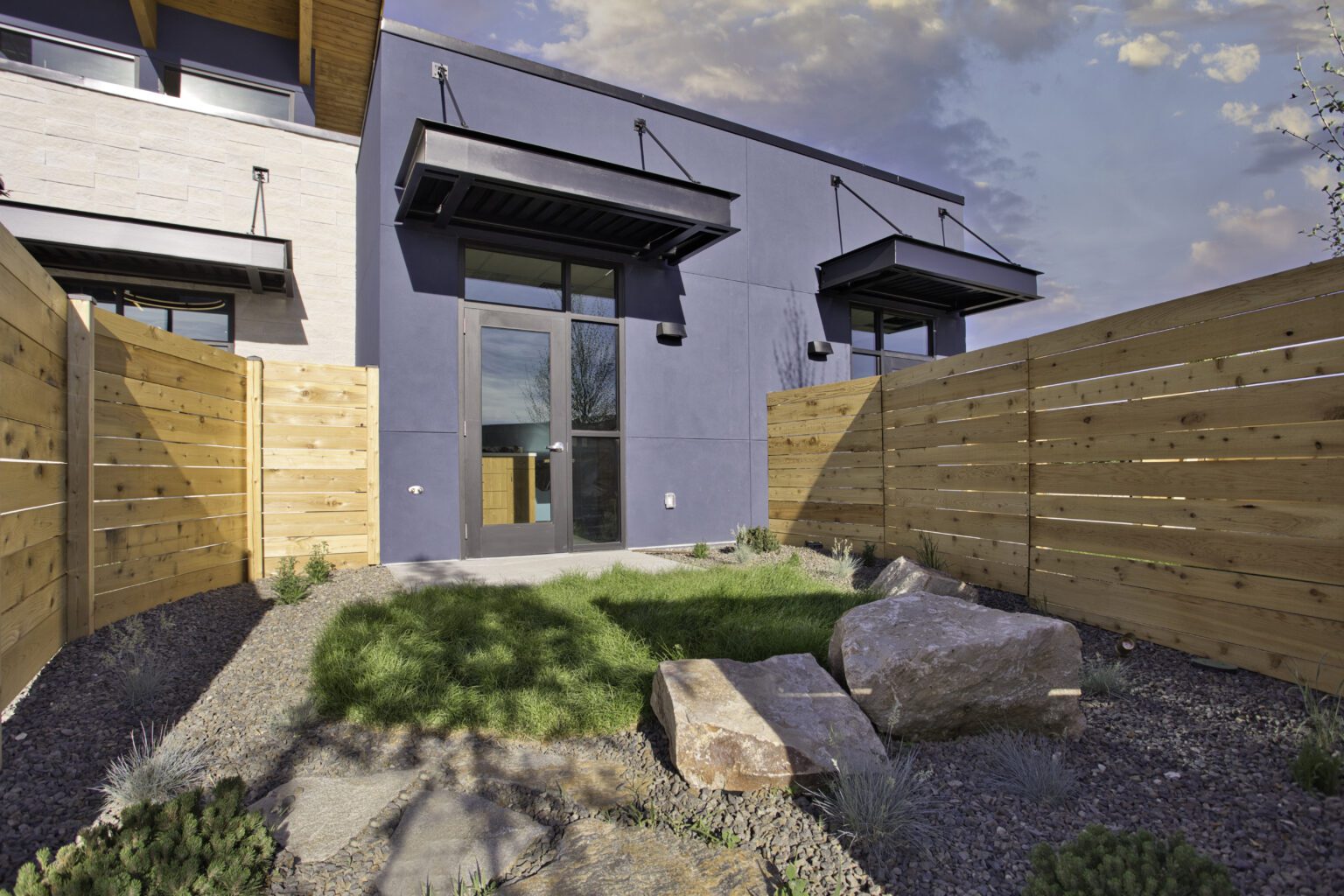Embarking on the journey of designing a veterinary hospital is an exciting endeavor – one that requires careful consideration and expertise to deliver a final product that’s functional, successful, and adapts as you do over time.
When selecting a design partner for your project, choosing between a general do-it-all architect and a veterinary-specialized architect can make or break the outcome. If both options can deliver an aesthetic space, then why work with an industry-specific designer? Let’s break down four major advantages a specialized animal care architect can bring to a partnership and the design process.
- In-Depth Understanding of Veterinary Medicine
Veterinary medicine is highly specialized. Although human healthcare and other industries can inspire and elevate animal care, the scope of work includes numerous limitations, considerations, and challenges unseen in any other line of work. These professionals work with various species and animals (dogs, cats, equine, exotics, birds, livestock—you name it) daily. Each patient brings a different anatomy, temperament, treatment need, and emergency to the table.
Using a specialized architect who understands this and has extensive knowledge of veterinary medicine intricacies (best-fit workflow patterns, infection control protocols, fear-free approach, animal behaviors, etc.) can transform your facility into something more than just a beautiful space. It’s an opportunity to create a highly functional, customized layout that anticipates workflow and eases the pain points commonly felt in regular animal care operations. This partnership affords your team the focus to deliver the highest quality care rather than the distractions of a spreading odor, barking dogs on a lunch break, cramped conditions, the domino effect of delayed appointments, and more.
Examples of this niche design approach could be:
- Using 2-component epoxy paint for durability and easy scrubbing in surgery suites
- Acoustic ceiling tiles or door sweeps and gaskets for noise control
- Nonporous finishes to control odor
- Incorporating fear-free elements like separate waiting areas for dogs and cats
The high-level knowledge to pursue and implement elements and features like these allows staff and patients to thrive in the space, not just survive.
2. Customized Design Solutions
There is the universal thread that every animal care organization wants to provide high-quality care, but every business has its own goals, constraints, and vision. That’s why a cookie-cutter animal hospital floor plan doesn’t exist. A practice’s clientele, staff, location, services, and core values contribute to unique designs. Specialized architects understand this, on top of the latest veterinary trends, insights, and leading technology. This distinguishes them from a general architect.
Let’s look at one of our past clients as an example. The owners of Habitat Veterinary Hospital came to us to create a unique and elevated healing atmosphere. They wanted the space to be a ‘testament to preserving the heart and soul of veterinary medicine while remaining resilient to the ever-evolving industry and its needs’. Habitat’s leadership brought an extremely focused goal and overall vision.
Our team was able to customize architectural elements and interior design to fulfill this. From the moment you enter the building, a living plant wall and abundant greenery improve air quality and create a calming, peaceful experience. Large windows also contributed to this by blurring the separation between the indoors and outdoors and providing lots of natural light, easing animals’ and staff’s anxieties. The focus on overall well-being continues throughout the facility with outdoor exam room options for a less clinical feel, windowless treatment rooms to accommodate birds of prey, and a full kitchen, patio break area, and onsite showers to support staff’s mental and physical health.
These are just a few examples of customized design solutions to create a one-of-a-kind space.

A custom-designed outdoor exam room to accommodate anxious dogs at Habitat Veterinary Hospital.
3. Seamless Navigation of Regulatory Requirements
Navigating the complex regulatory requirements, codes, and standards of the construction and design journey can be hard. Without an experienced guide, it can feel like a puzzle with multiple missing pieces.
Abiding by these codes and legal requirements demands a watchful eye and intimate knowledge of city and state laws, not to mention the animal care industry’s own set of rules and regulations that differ from those for human healthcare.
An architect with relevant animal care experience will be well-versed in these regulations. The alternative can include unforeseen costly delays, additional expenses, and setbacks associated with regulatory non-compliance. If the architect’s portfolio spans the country, in numerous states and cities, they’re more prepared to navigate permitting and challenging jurisdictions – resulting in a compliant design.
4. Holistic Approach to Design
How do you define a successful vet clinic? It’s more than just the profits and revenue.
A successful vet clinic is a staple of a community. It compassionately serves pets and their owners. The clinic isn’t just a building; it’s a place of healing for both animals and people. Staff should feel valued and prioritized in the workplace, inspiring and encouraging them to deliver treatment confidently. Your hospital design should consider and benefit multiple stakeholders—the animals, pet owners, and staff. Doing so can lead to easier staff recruitment, better employee retention, increased patient intake, and a revenue boost.
A great example of a holistic approach is fear-free design. Fear-free design prioritizes an animal’s physical, emotional, and psychological needs to minimize stress and anxiety during their visit. Compared to a general architect, a veterinary architect will understand the design components and strategy to create a space that qualifies as this. From space planning to finish selection and even mechanical systems and lighting, this design approach can be included through numerous intricacies and details. The Fear-free design approach can look as simple as creating separate dog and cat exam rooms or using natural light to encourage a connection to nature and as specific as sound walls between treatment areas or specialty exhaust in exam rooms and wards.
An animal care architect is no stranger to the demands and stresses of the animal care career path. A layout and interior design can encourage a healthy work-life balance for your team and increase job satisfaction. Incorporating ergonomic furniture and standing workstations can reduce strain and support a non-sedentary work routine. Staff-only areas for employees to retreat and recharge, like lounges, break rooms, and outdoor patios, can encourage moments of connection and help further prioritize mental health. However, if an architect lacks in-depth animal care and veterinary hospital knowledge, designing a space that fully benefits each main stakeholder will be challenging.

Staff with a patient at VCA Midwest Veterinary Referral and Emergency Center.
Furthermore, using an architect with an extensive track record of animal care experience sets you up for valuable connections and resources specific to the industry. Whether sourcing specialized equipment, needing alternative materials, or animal-care-specific lawyers, CPAs, general contractors, and real estate brokers, a specialized architect has access to a network of trusted partners they can reliably recommend.
Whether you’re redesigning a space or creating one from scratch, you’re putting your best foot forward by partnering with an architect who specializes in the same field as you. When we meet with clients experiencing dysfunction and disjointed operations within their facilities, we consistently hear a common thread— ‘we wish we would’ve partnered with a specialized designer the first time.’ By working with a specialized architect, you’re investing in your practice and team, retaining resources and reducing headaches in the long run.
Looking to explore how a new design can elevate your practice?
Written By MD Architects
MD Architects is a full-service, relationship-based firm dedicated to providing superior planning, design, specifications, and construction guidance to animal care, human healthcare, and commercial industries.
June 2024



